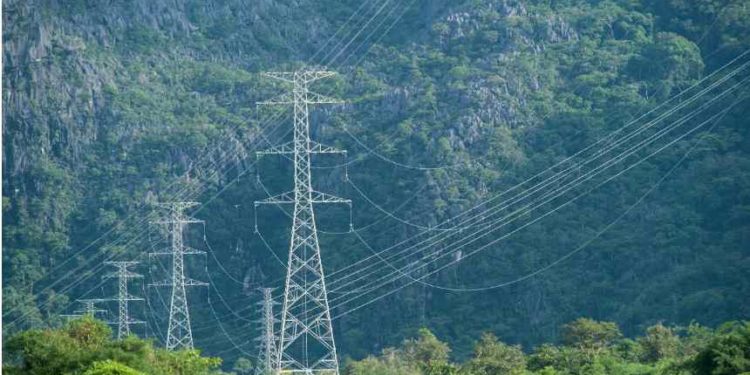The Kenya Electricity Transmission Company (KETRACO) has officially signed a KES 11.6 billion agreement to construct a National System Control Centre (NSCC) in Embakasi, Nairobi.
This ambitious project aims to enhance the stability, reliability, and efficiency of Kenya’s national power grid, addressing persistent blackouts that have plagued the country and upgrading the electricity transmission infrastructure.
Kenya has suffered frequent power outages, many of which are attributed to failures in the national grid caused by disturbances in the transmission network. These blackouts have severely impacted businesses and critical infrastructure, including Jomo Kenyatta International Airport (JKIA).
“A recent power outage at JKIA caused significant disruptions, highlighting the urgent need for a more reliable electricity system,” said a spokesperson for KETRACO. “Our new NSCC will play a critical role in preventing such occurrences in the future.”
The NSCC project is set to be completed within 36 months and will serve as the central hub for managing electricity supply in Kenya. By providing advanced tools for grid management and enhanced monitoring capabilities, the new centre aims to resolve the limitations of the current system. “This facility will empower us to better manage the national grid, ensuring that we can respond promptly to any issues that arise,” the spokesperson added.
To further enhance grid reliability, a backup facility will be constructed at KETRACO’s Suswa substation. This secondary centre will ensure continued control during emergencies, contributing to improved asset performance and overall grid stability. “The Suswa facility will be a first for the region, showcasing our commitment to innovative solutions in energy management,” the spokesperson remarked.
The total project cost, amounting to €80.7 million (KES 11.6 billion), is being funded by Agence Française de de Développement (AFD) and the French Ministry of Finance. Once operational, the NSCC will be instrumental in reducing power outages, improving grid efficiency, and facilitating the integration of renewable energy sources into the national grid.


















